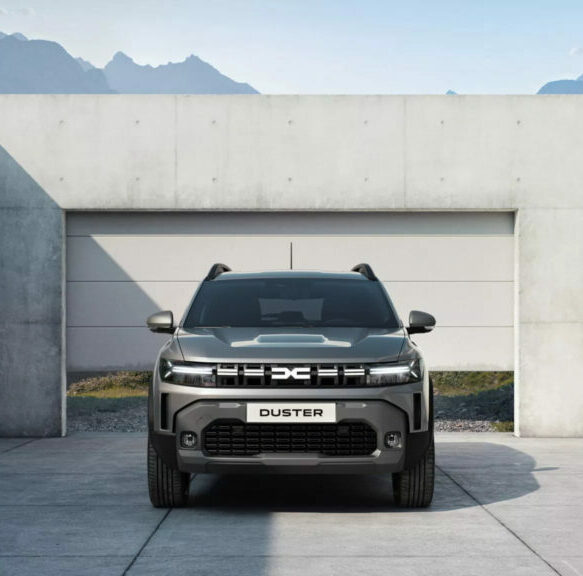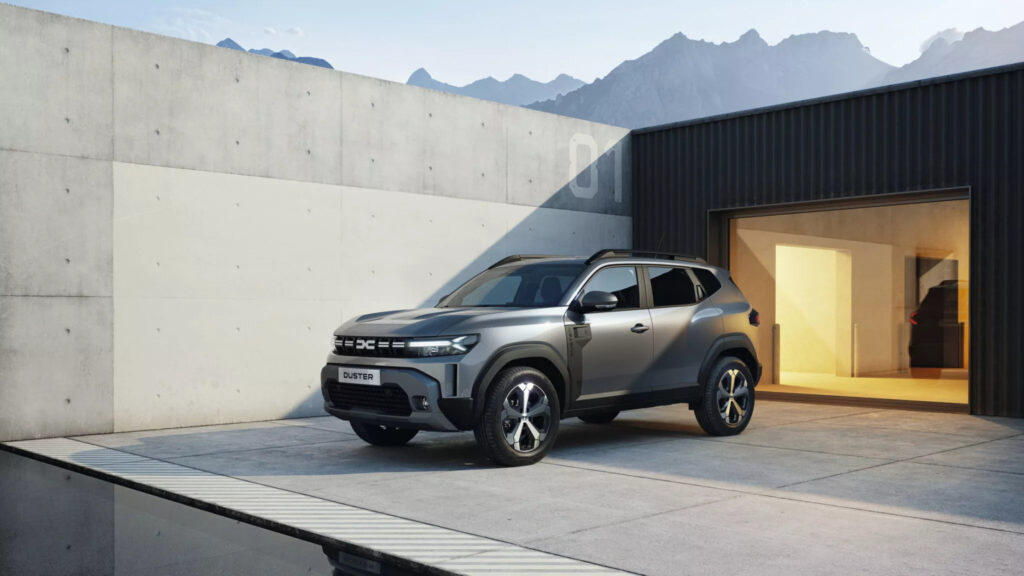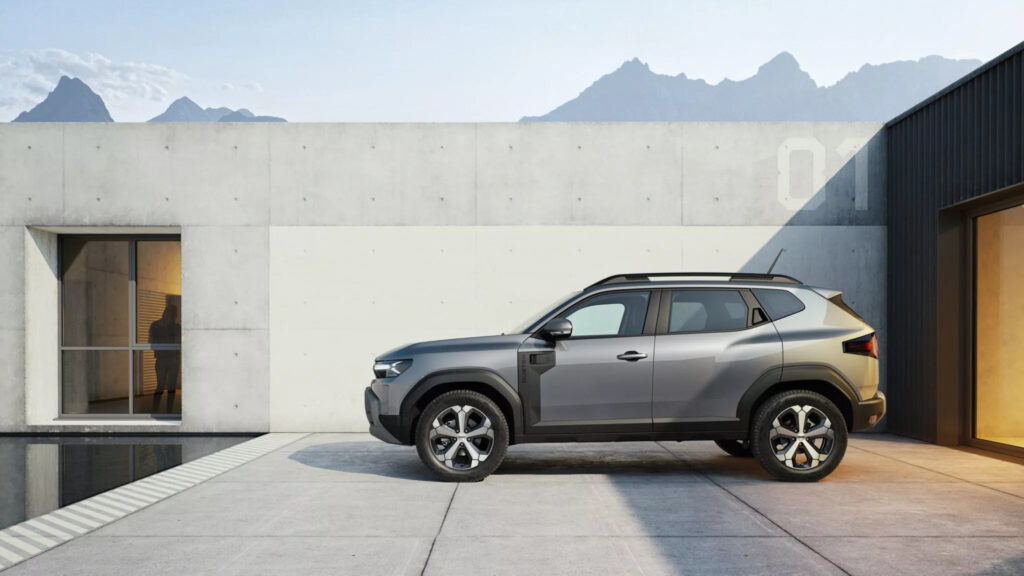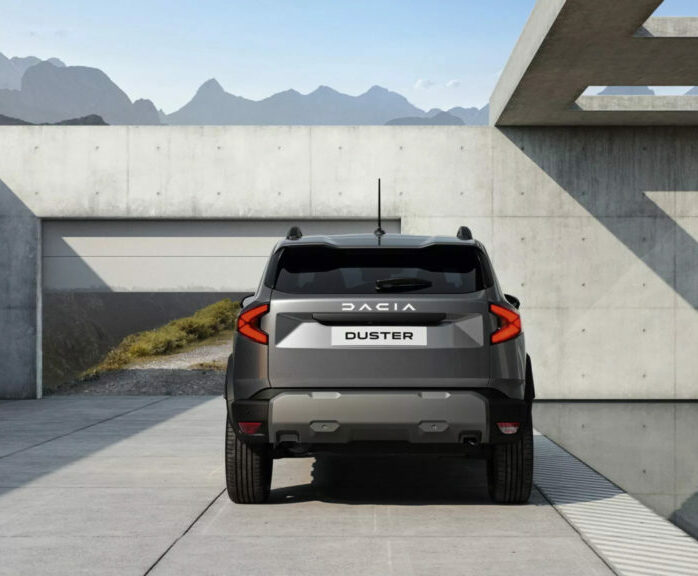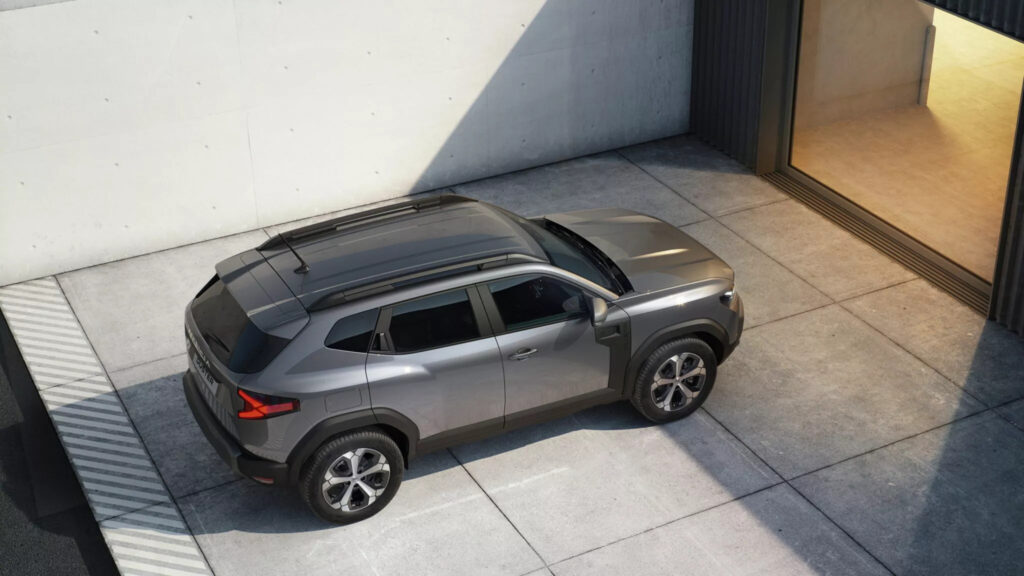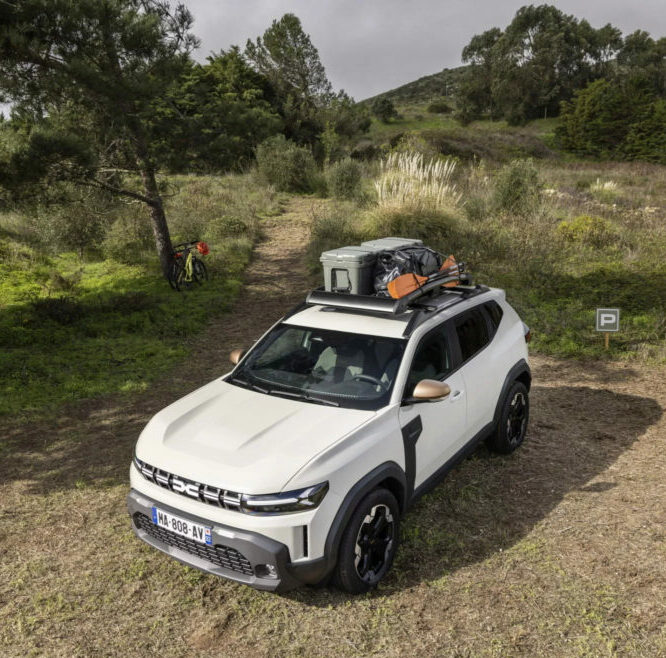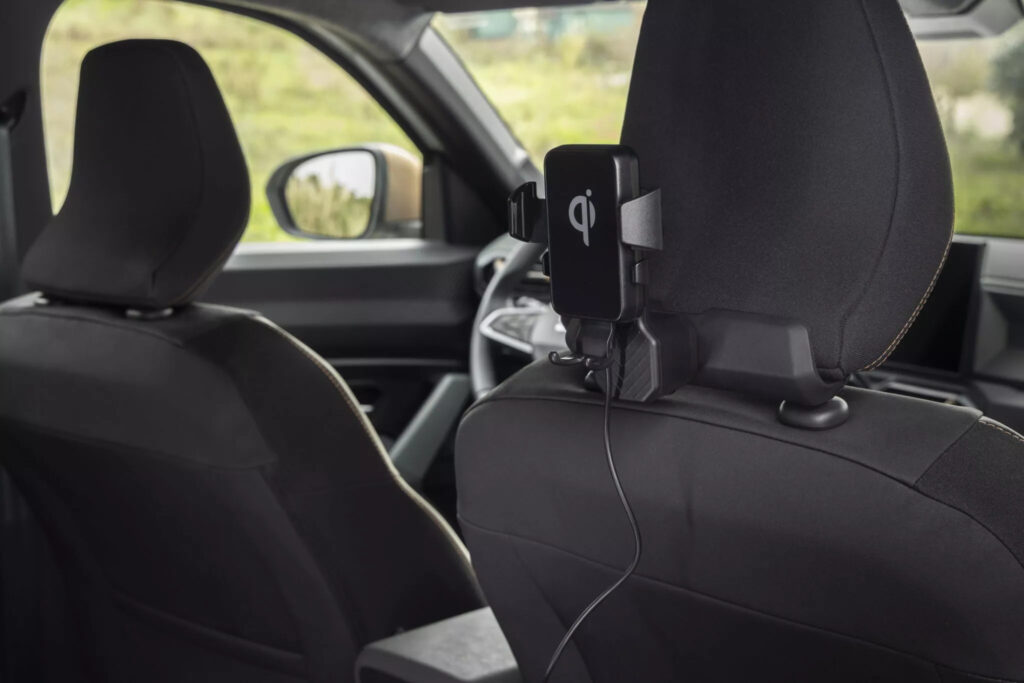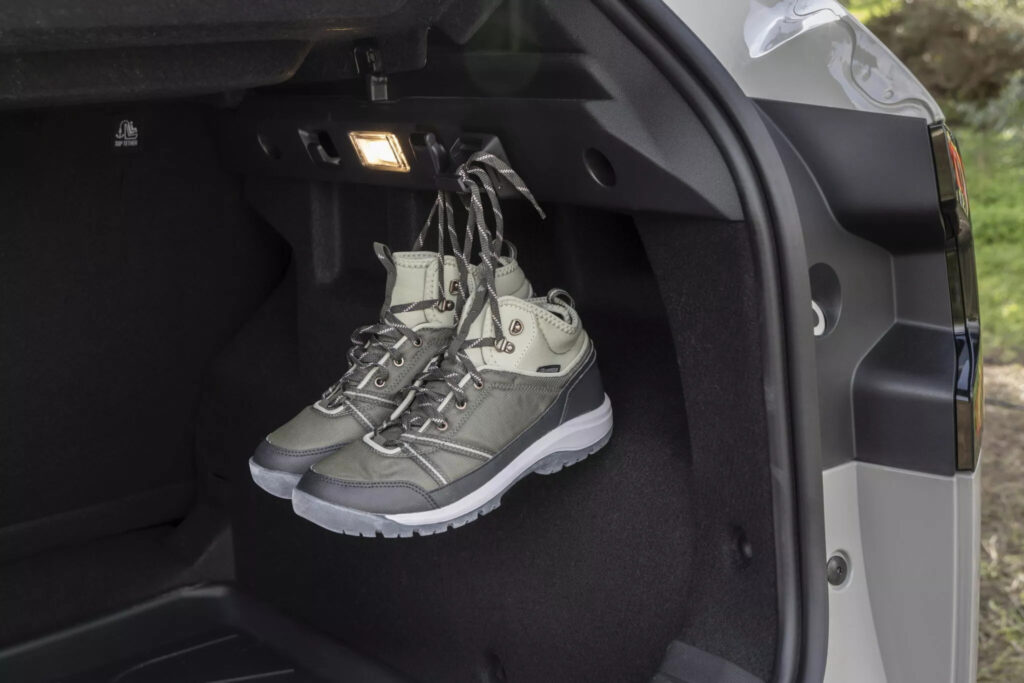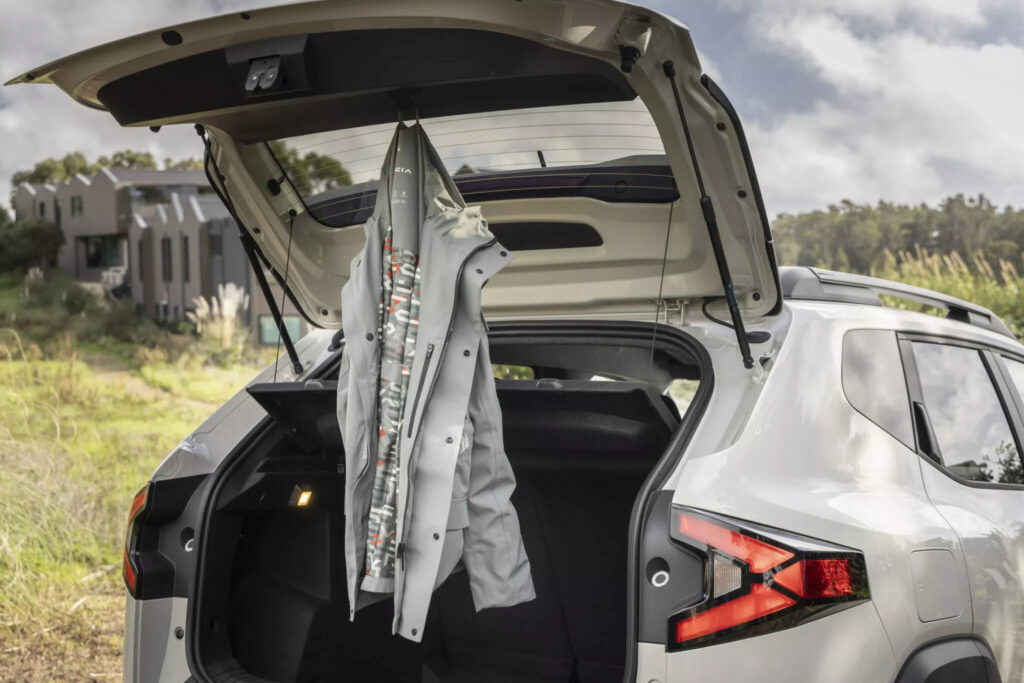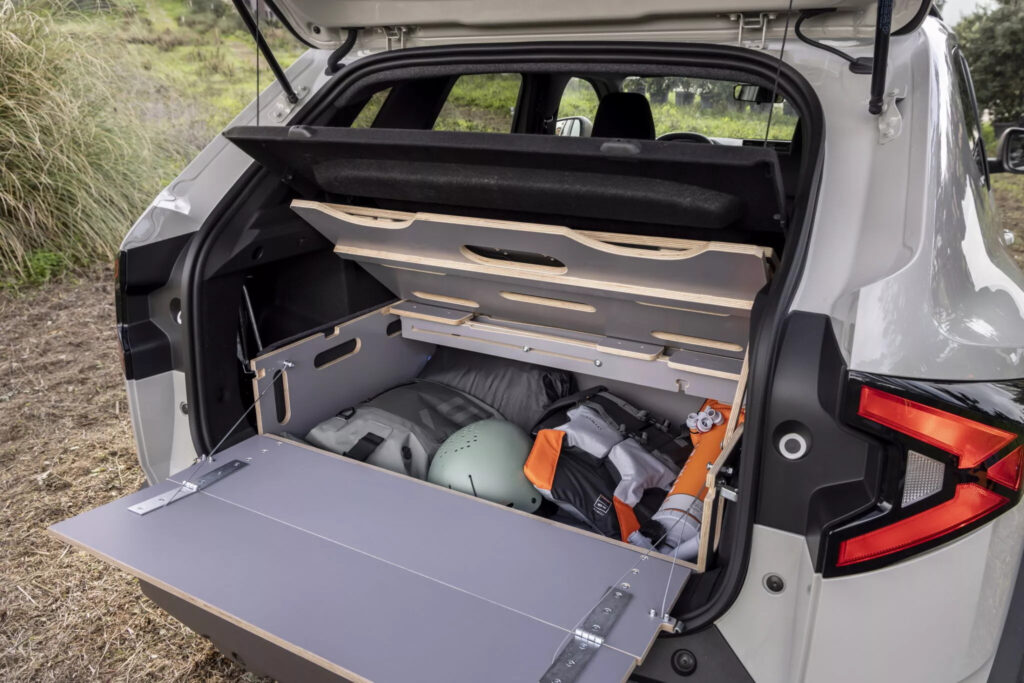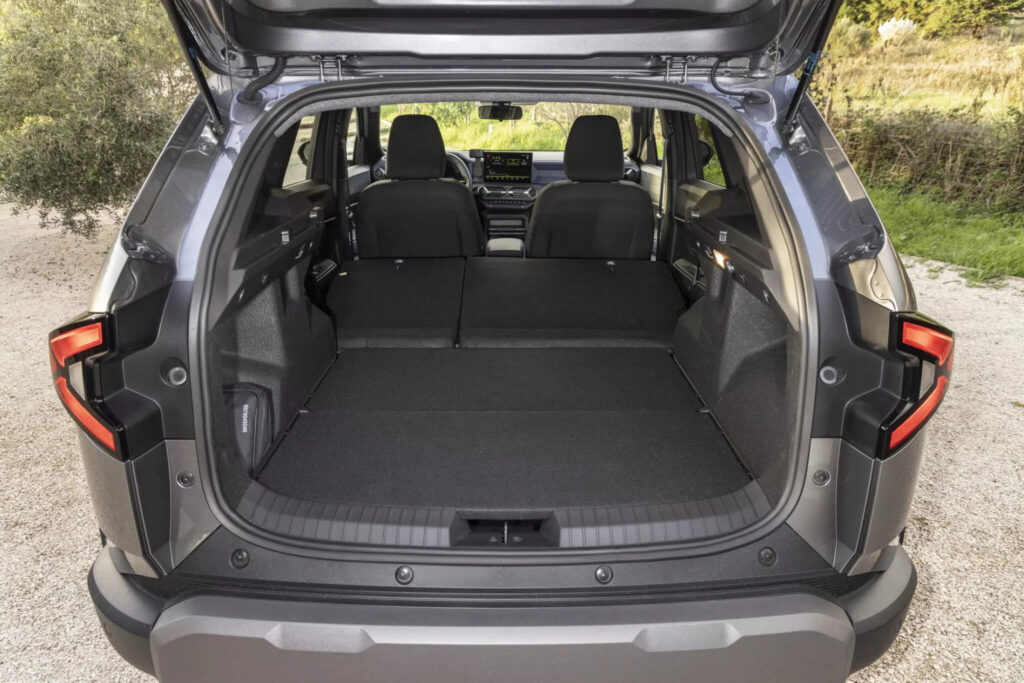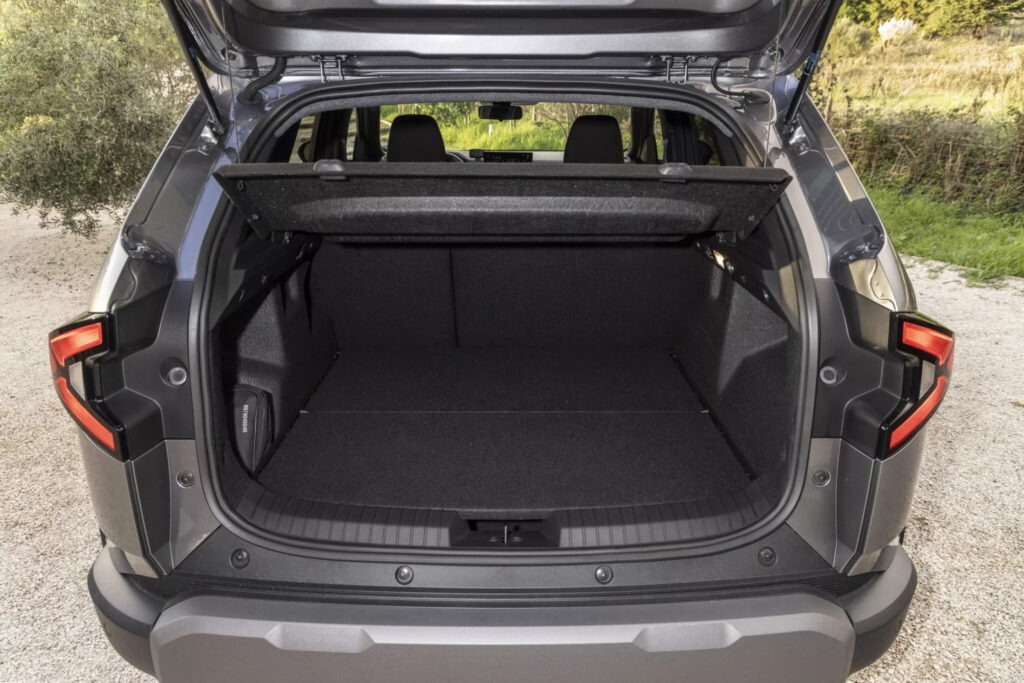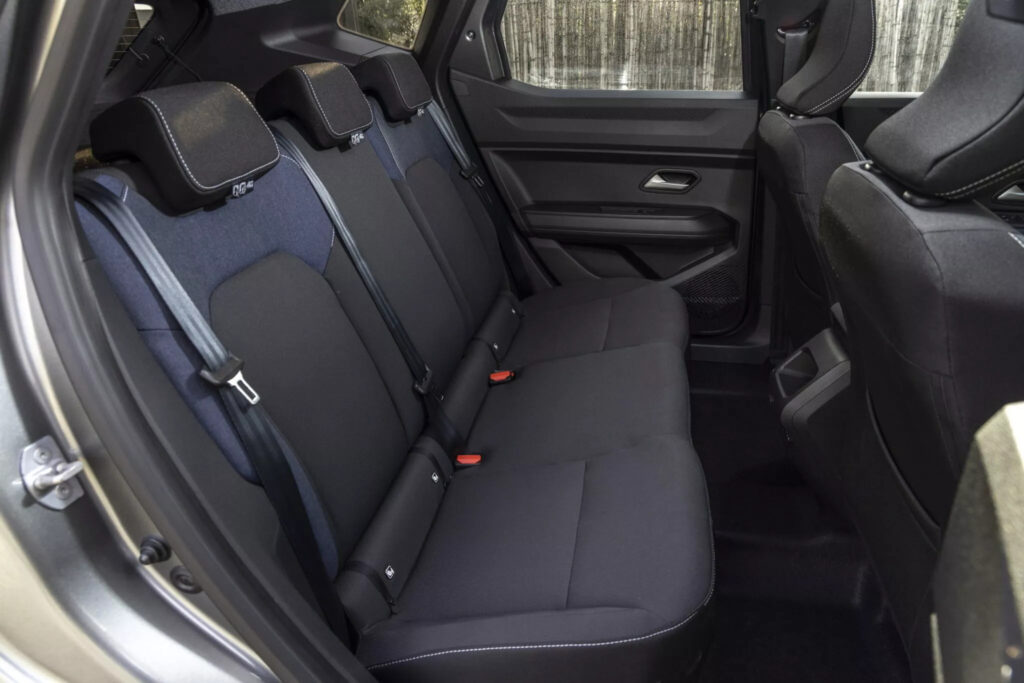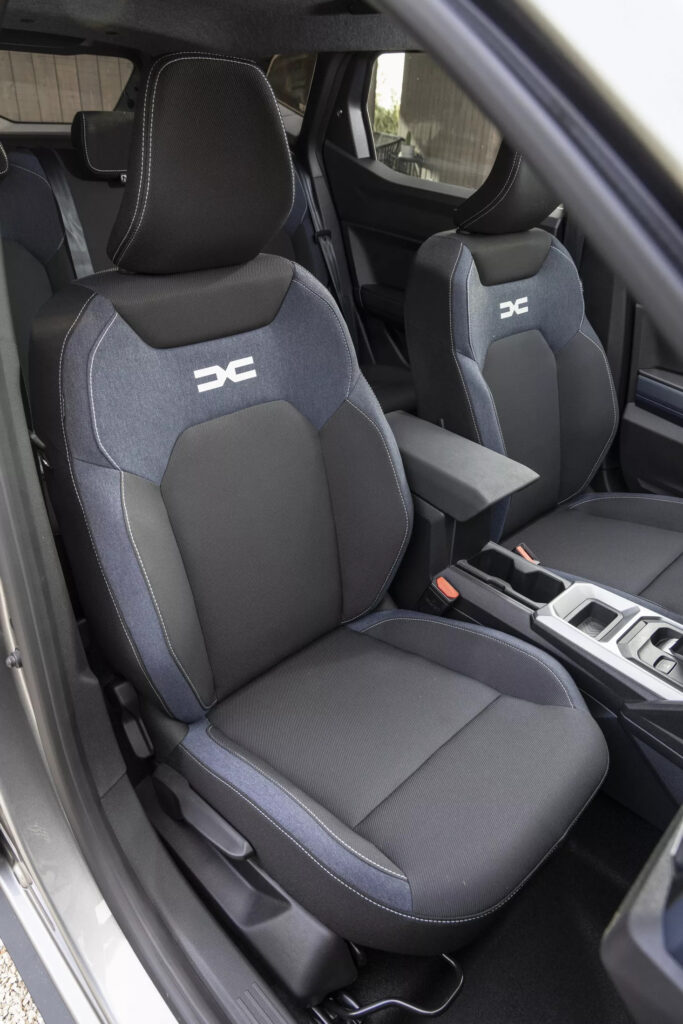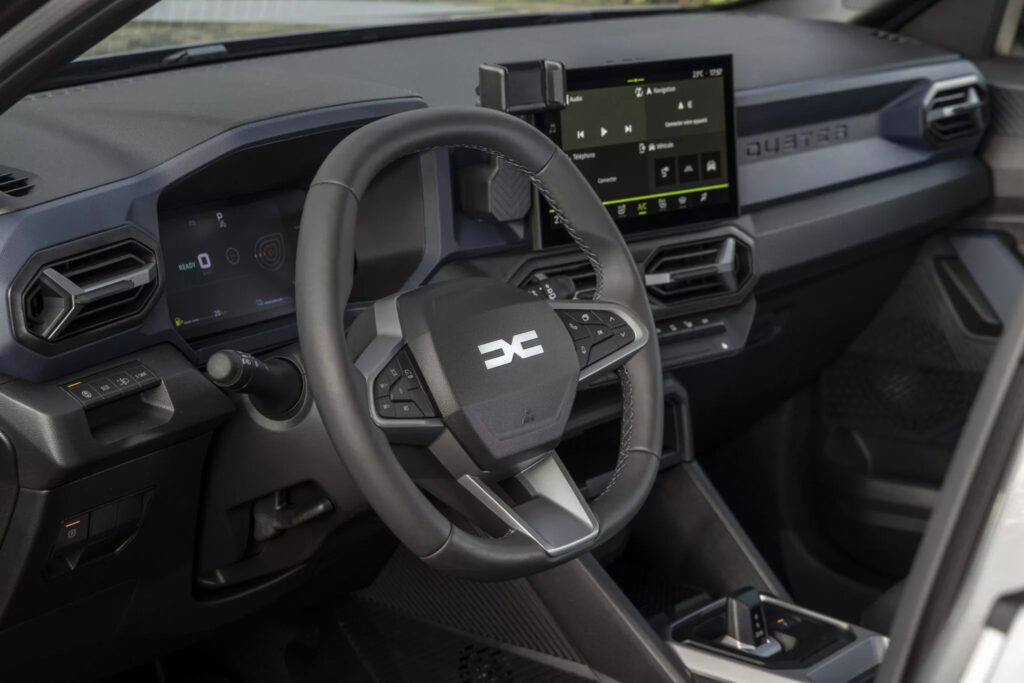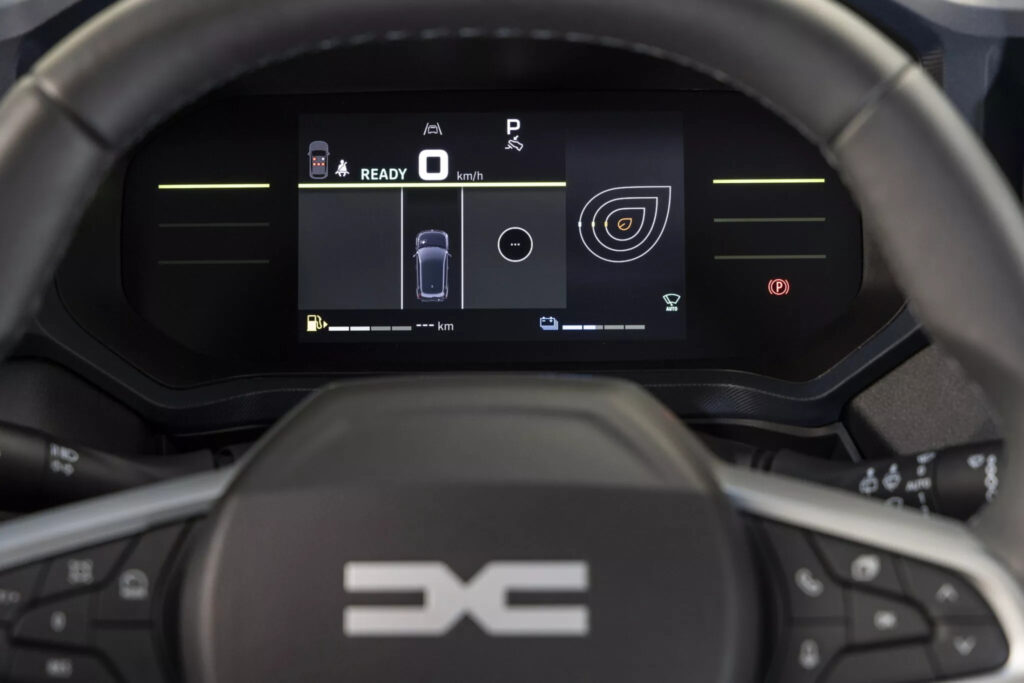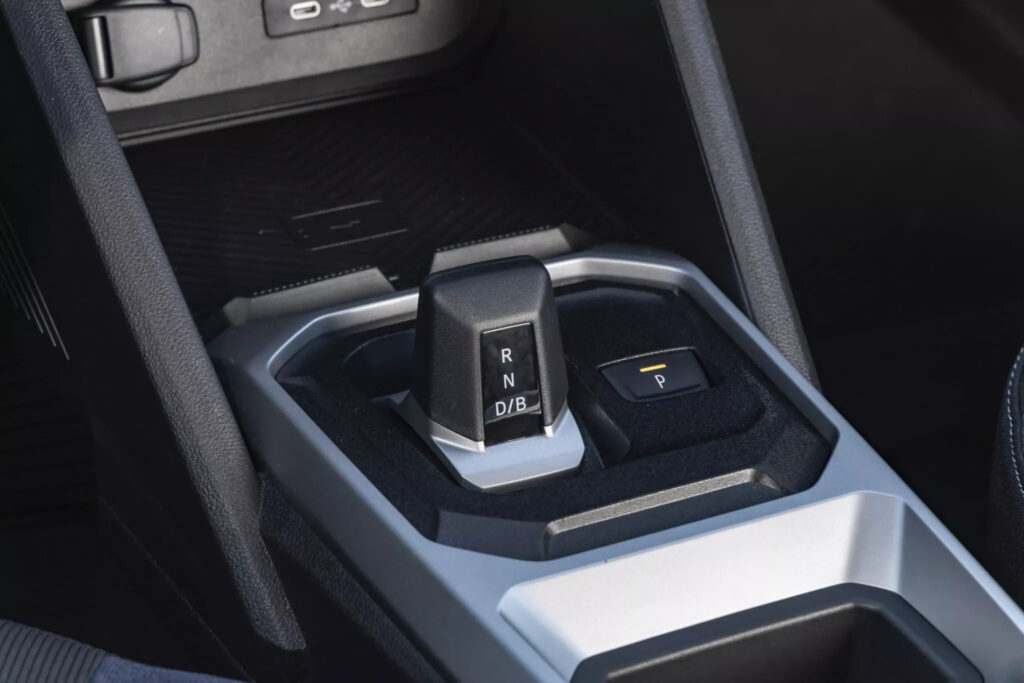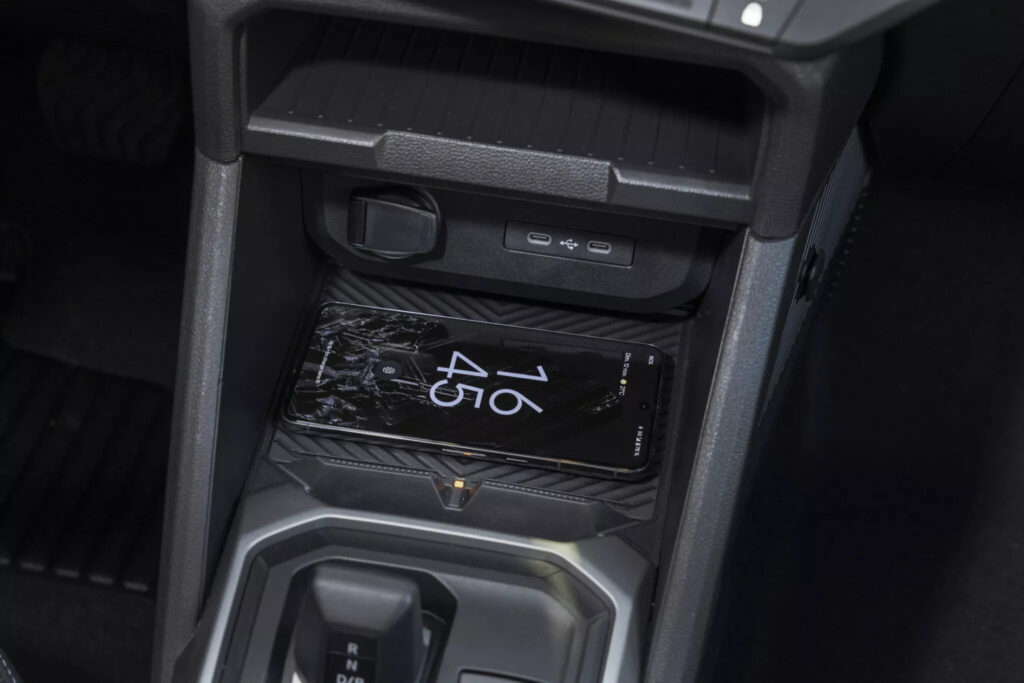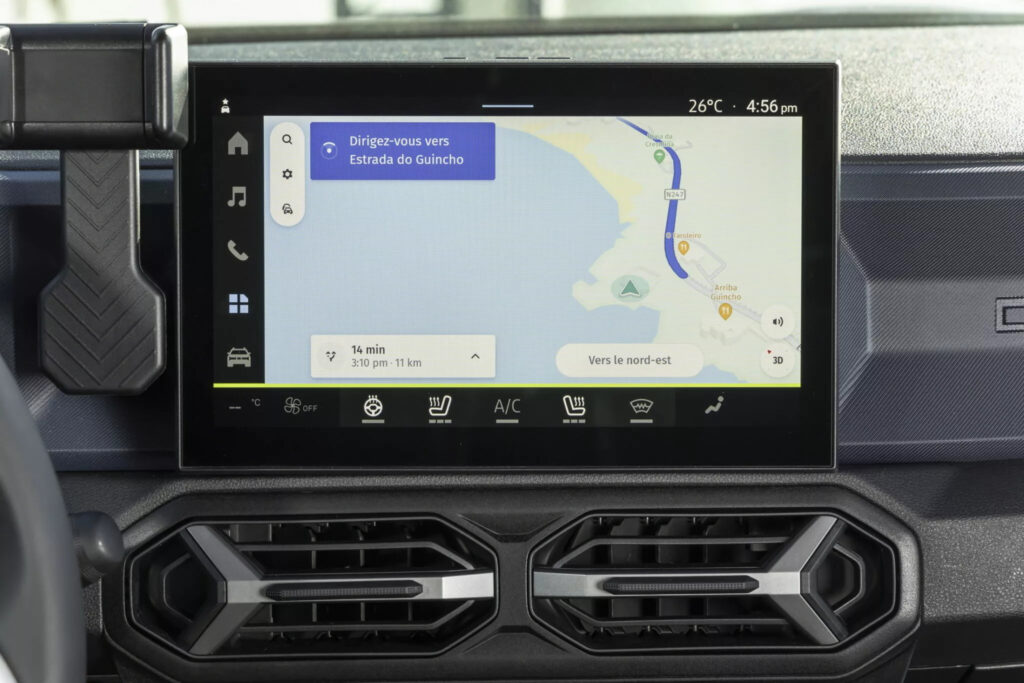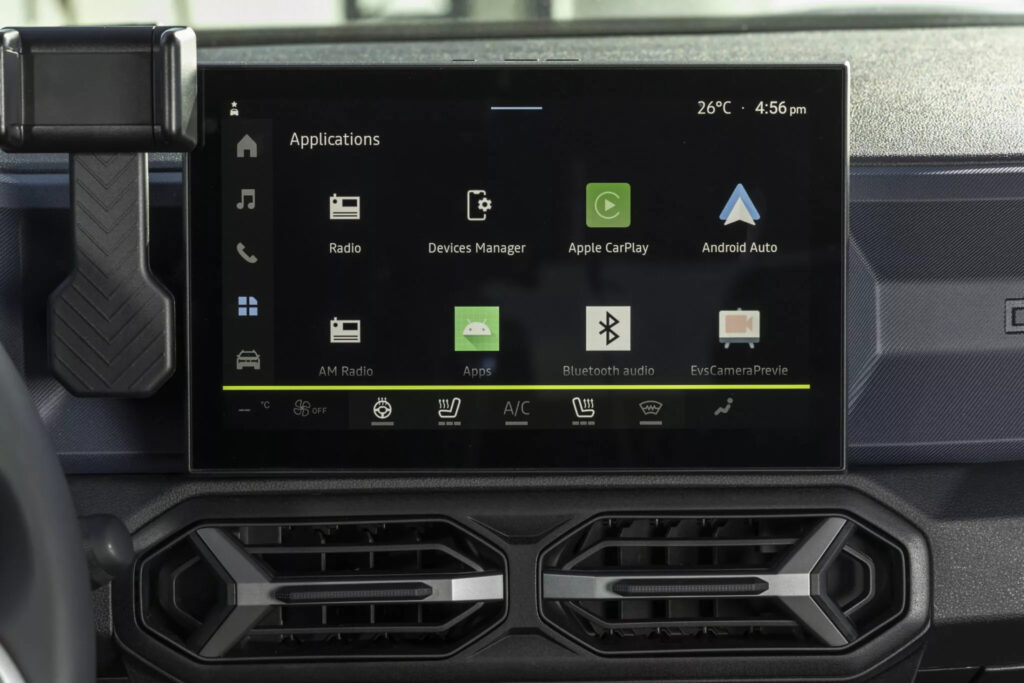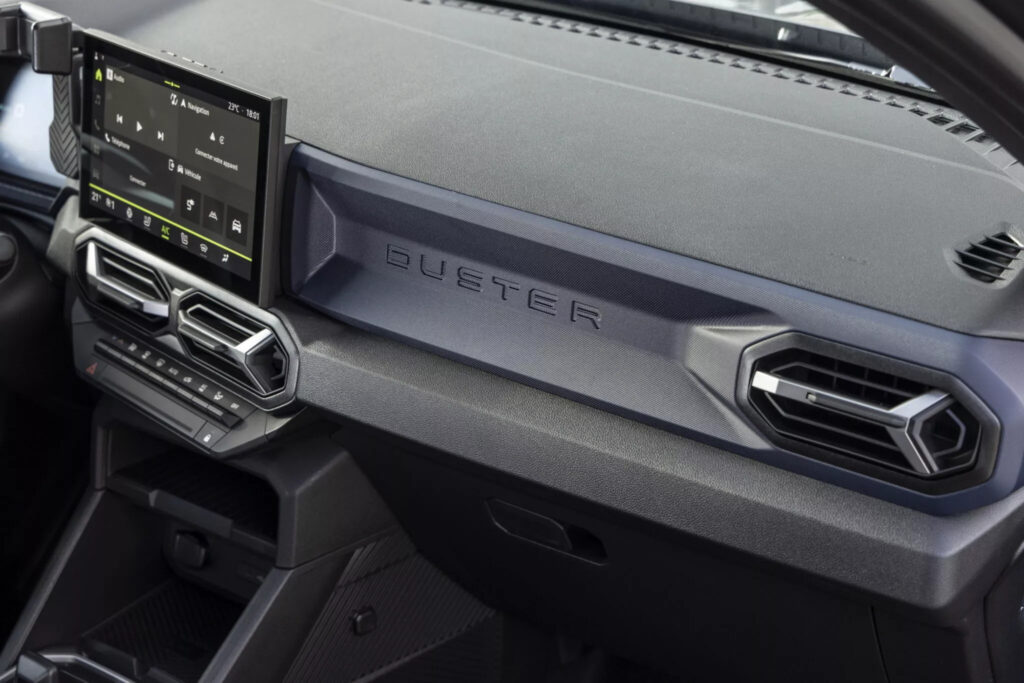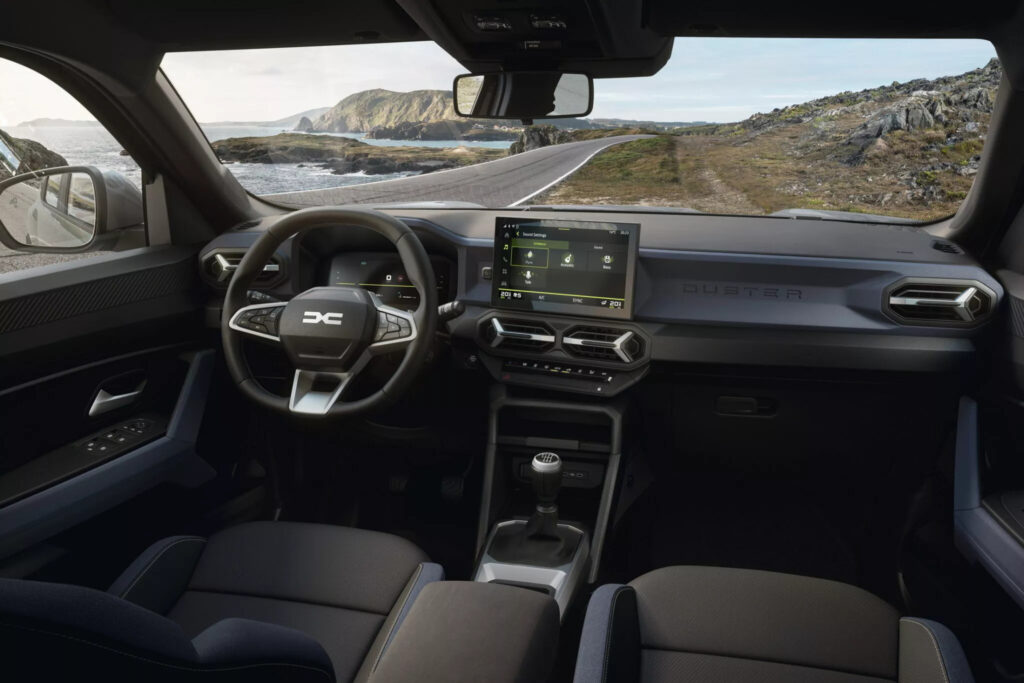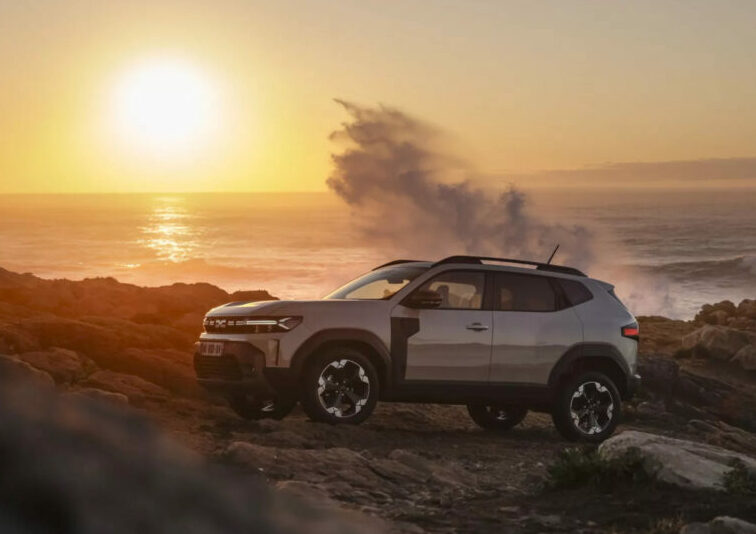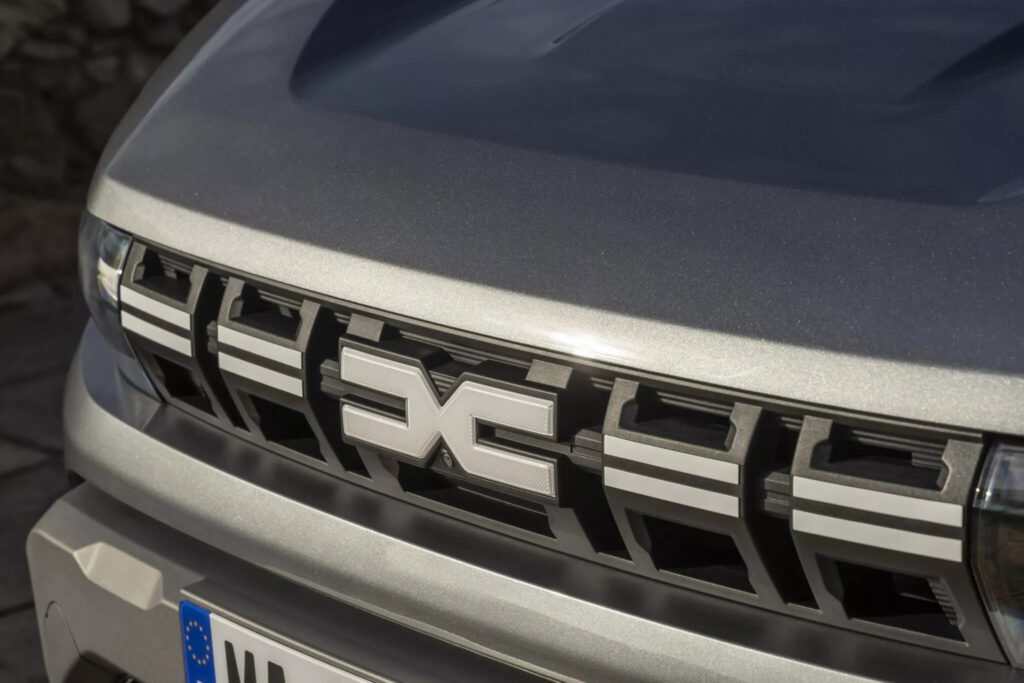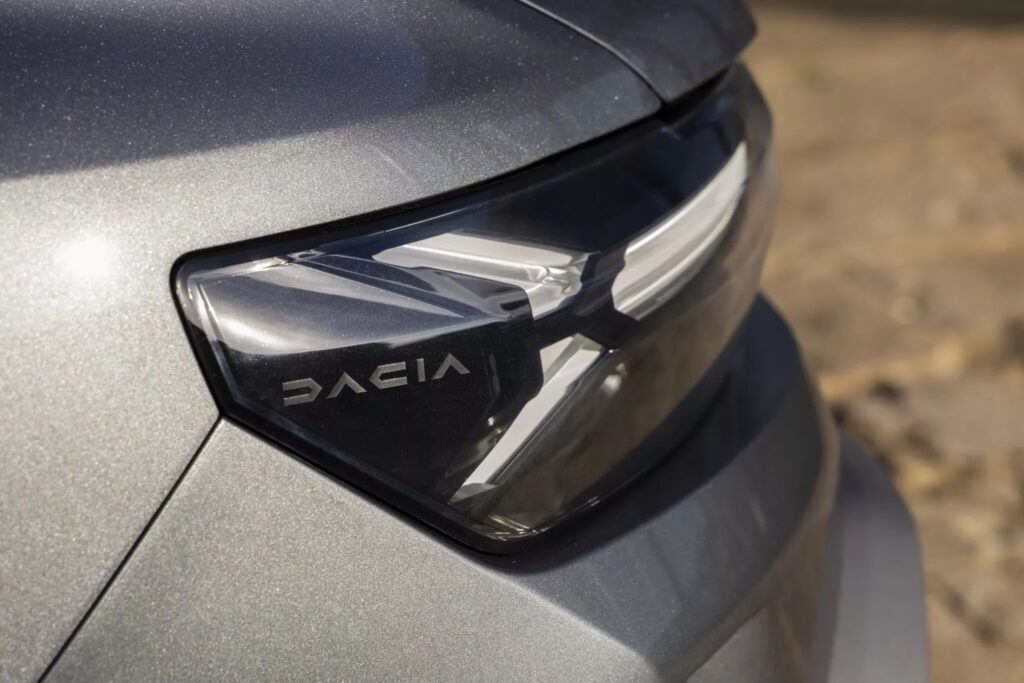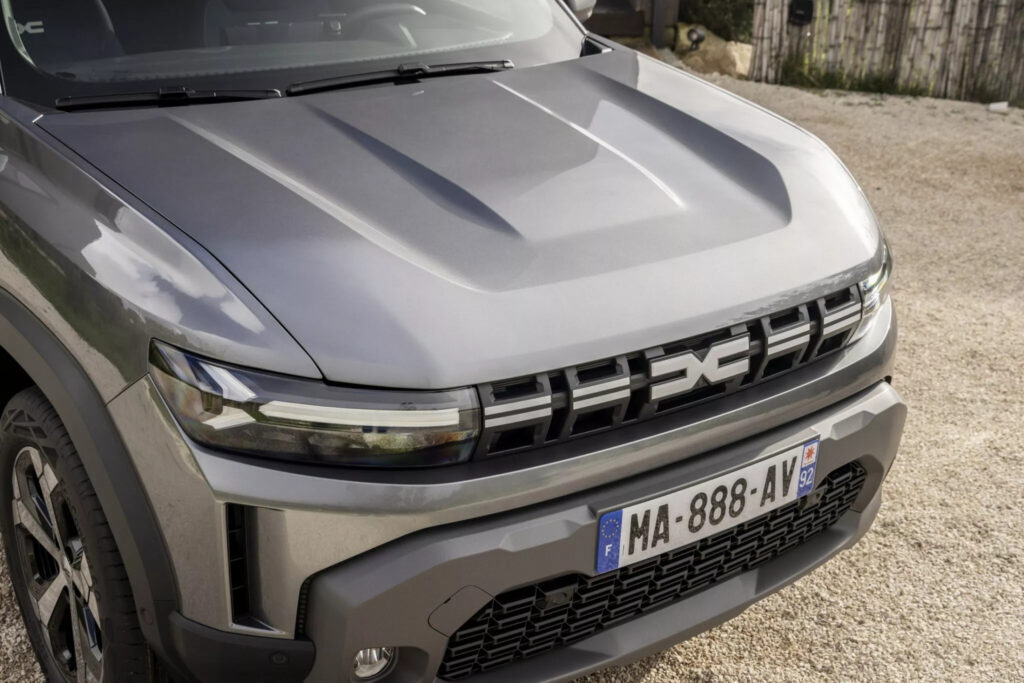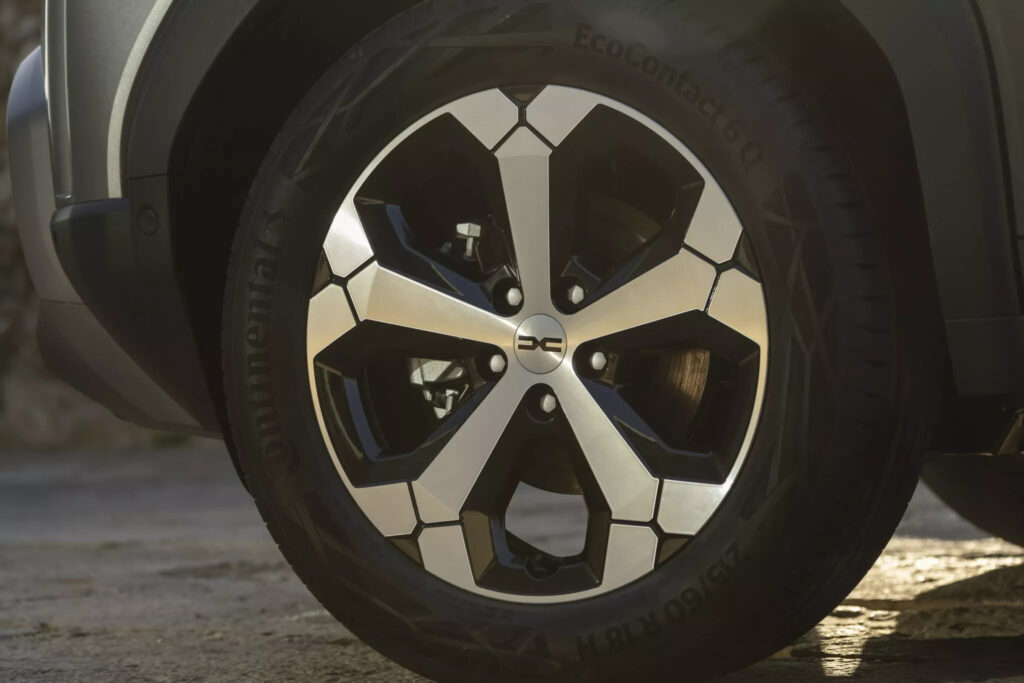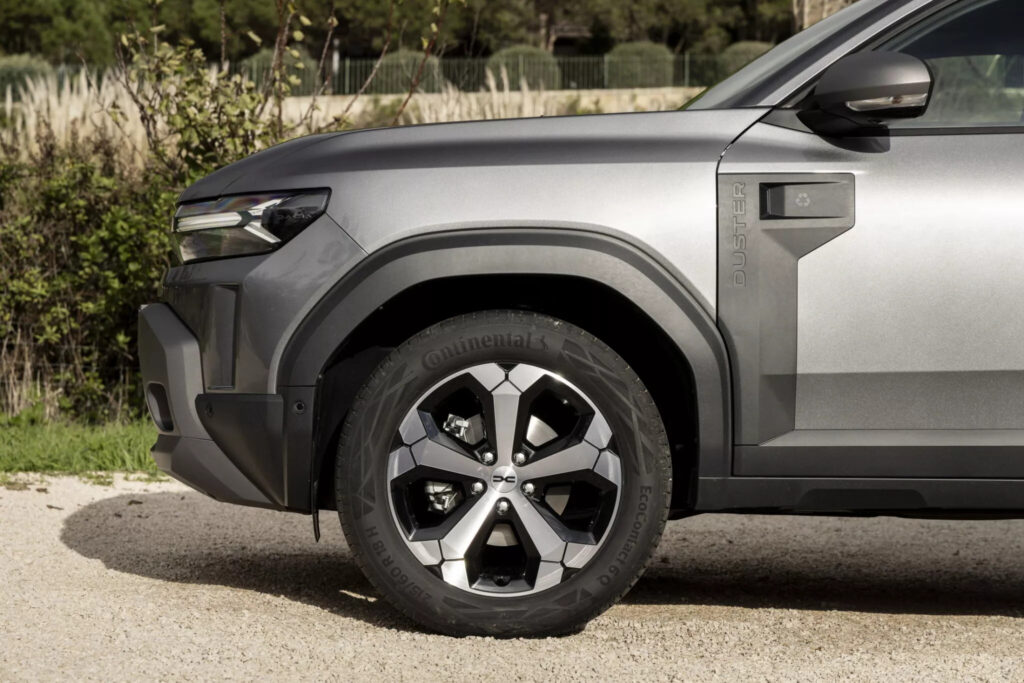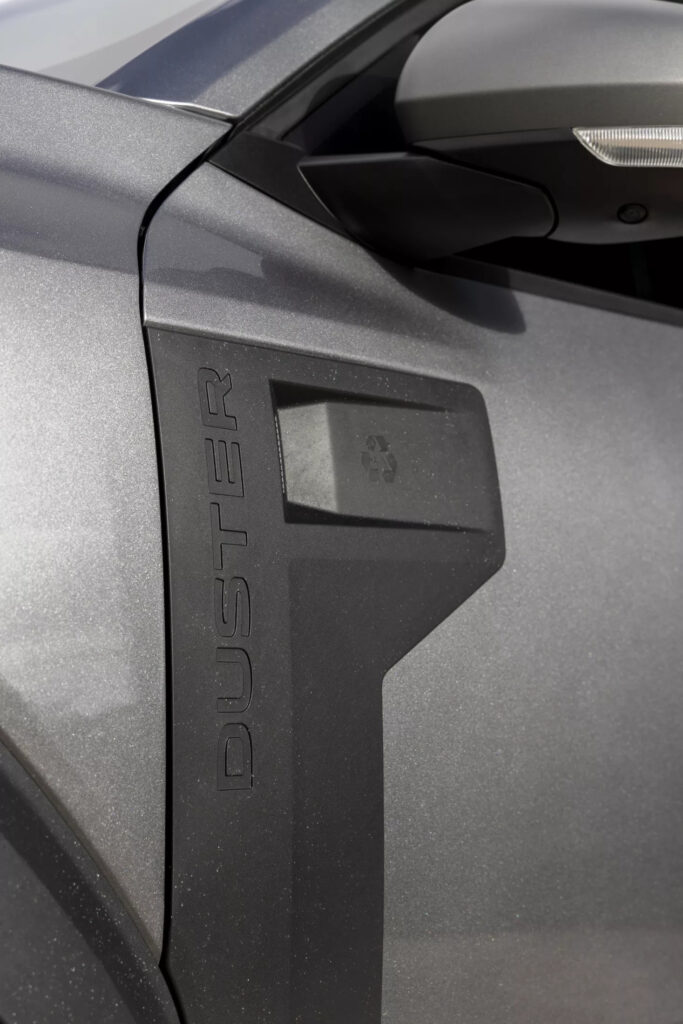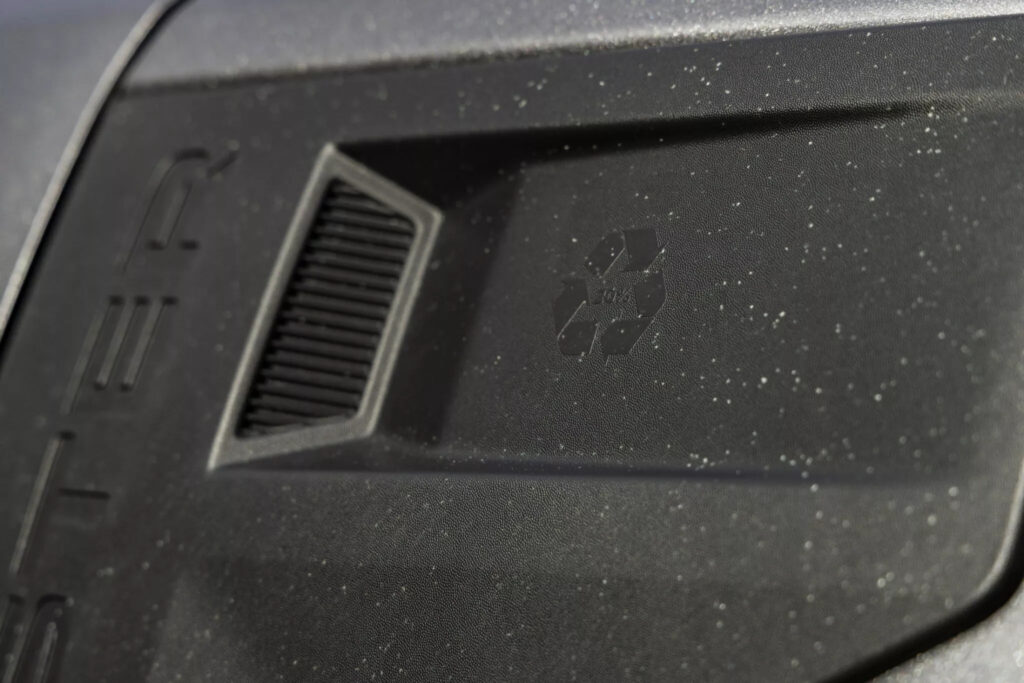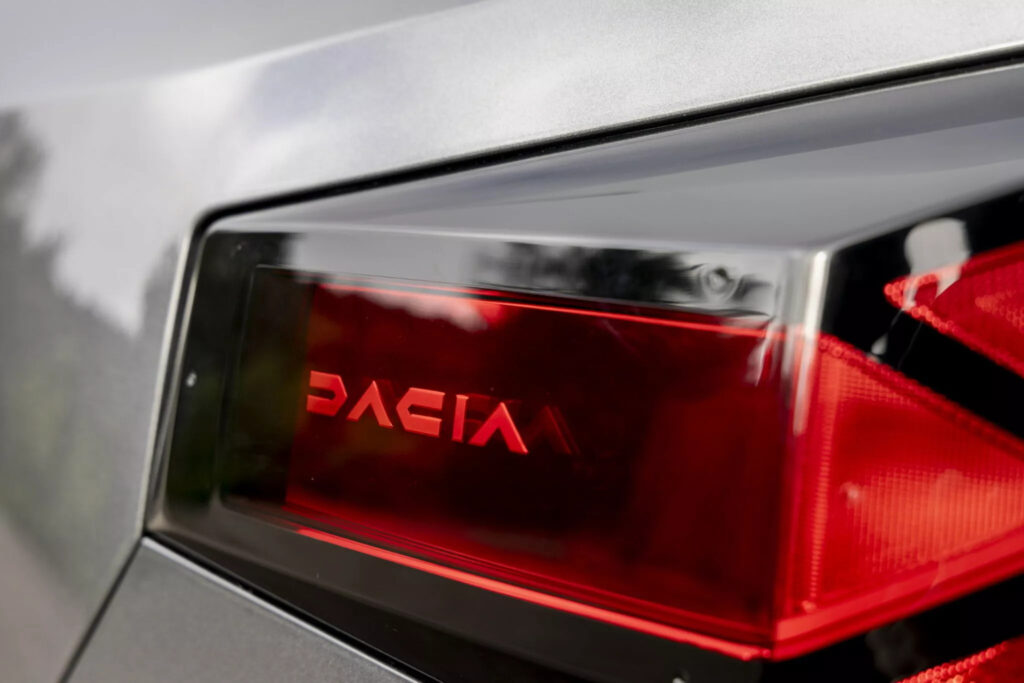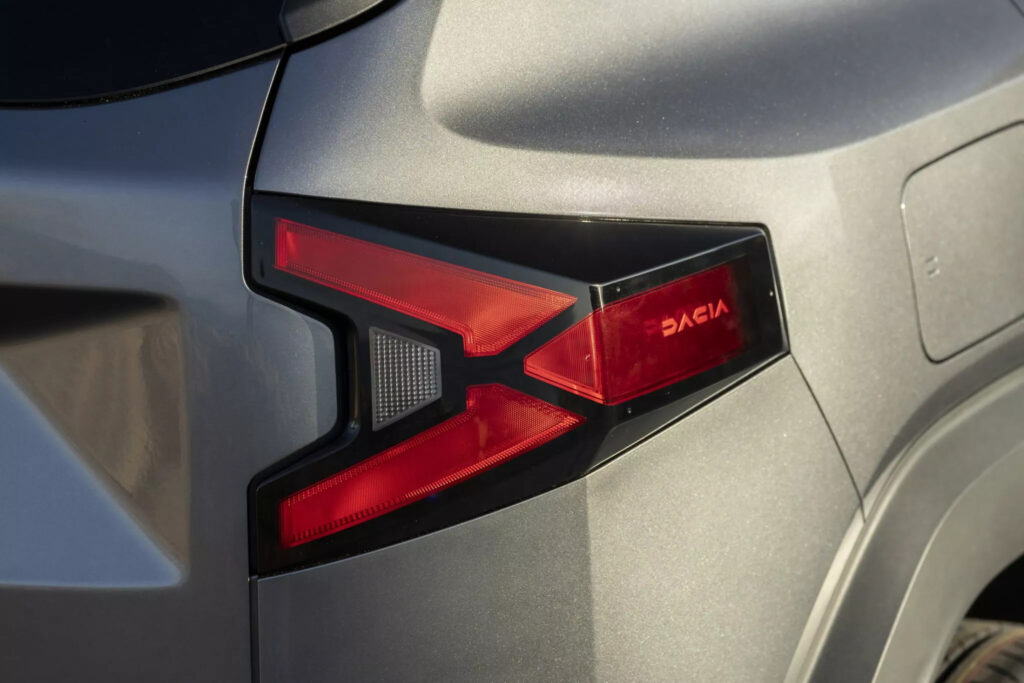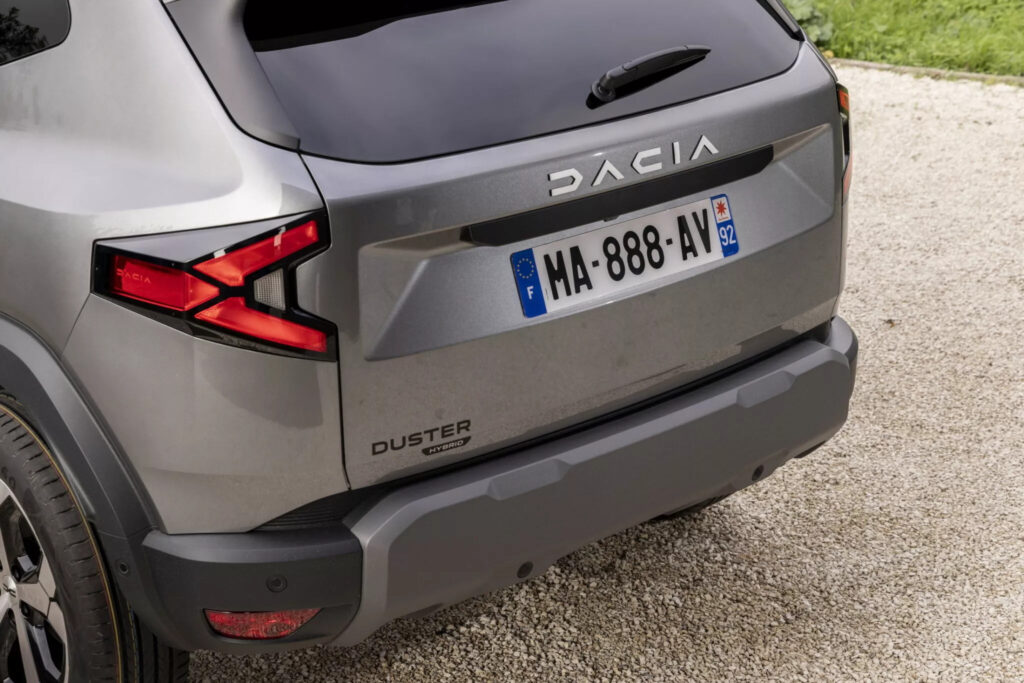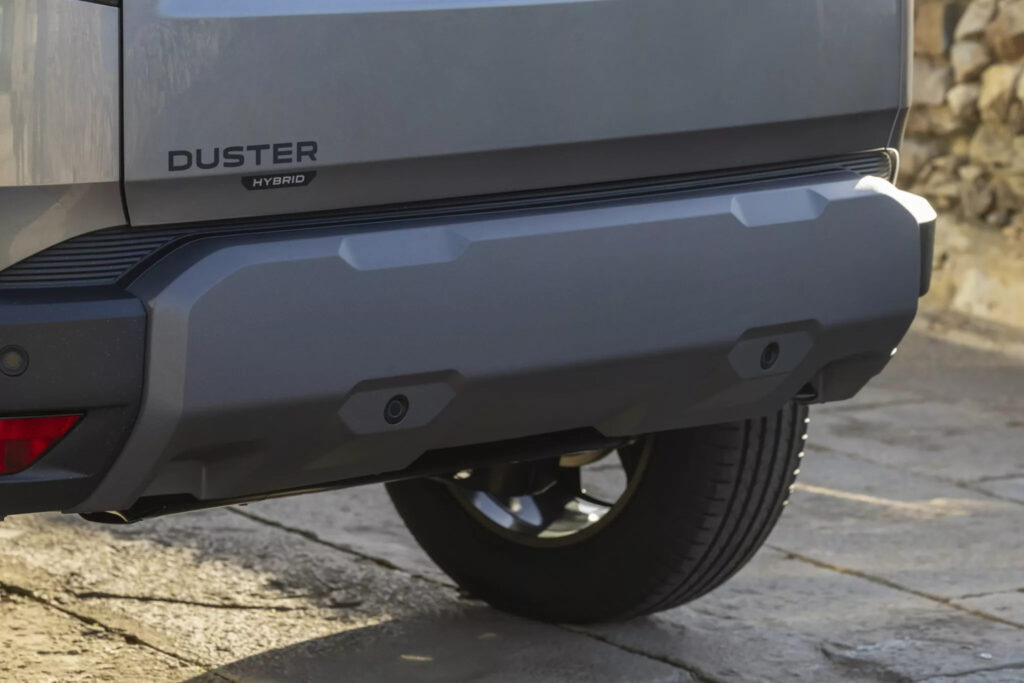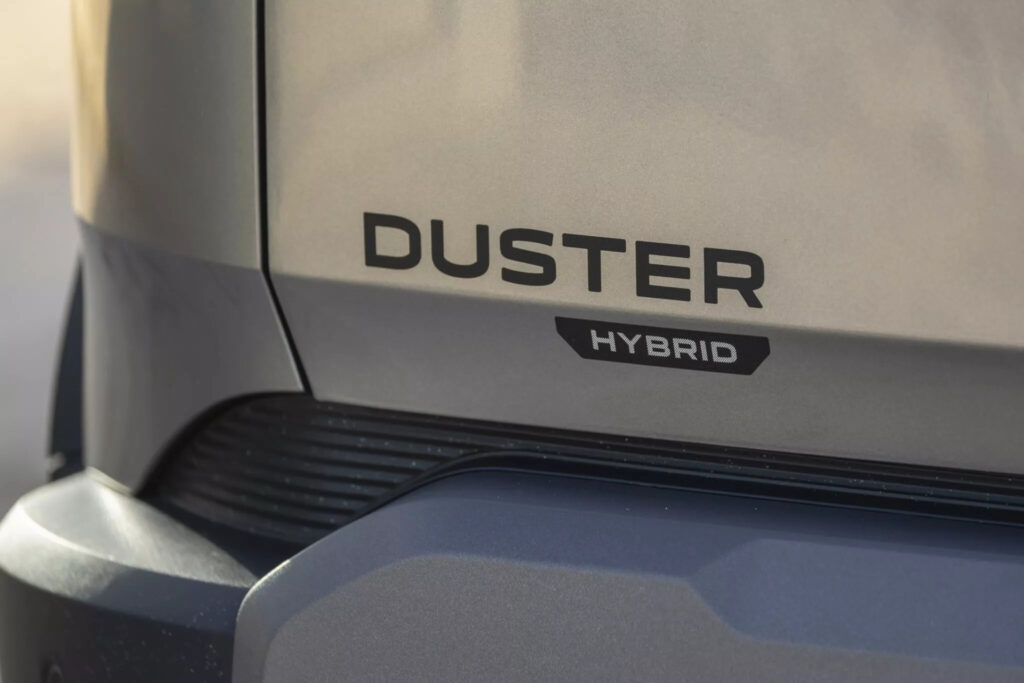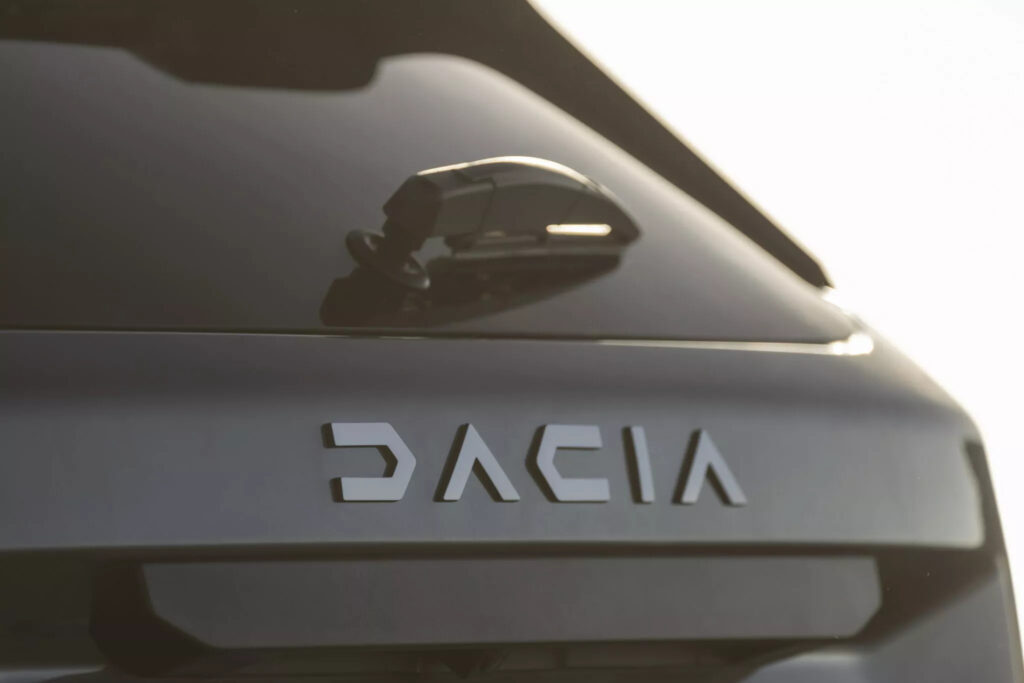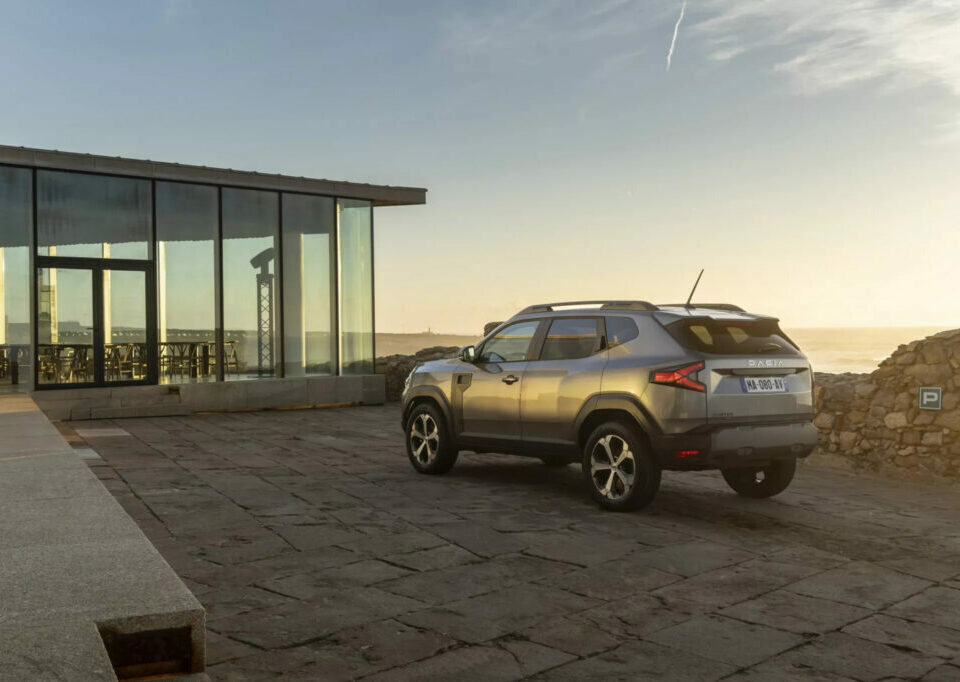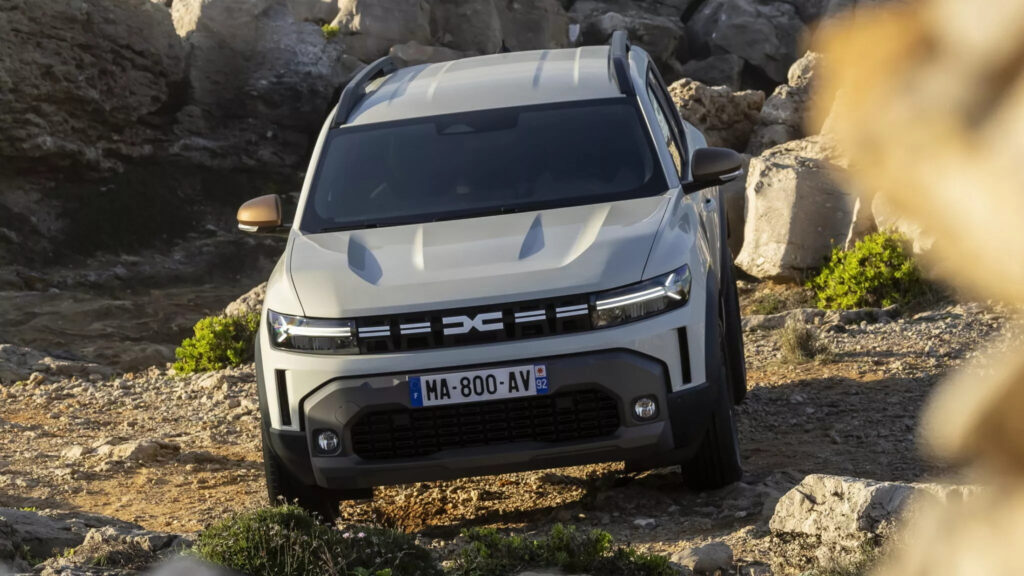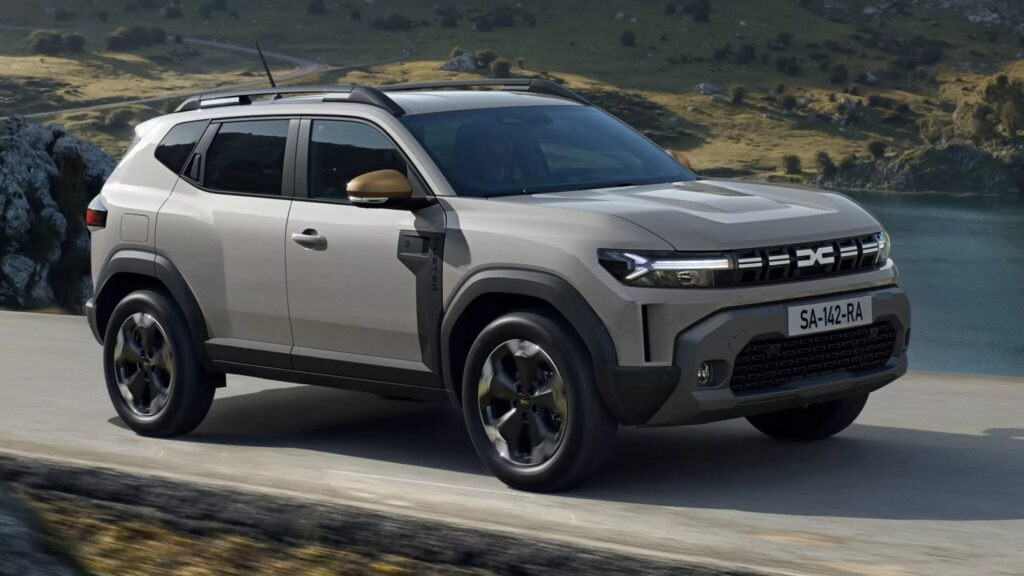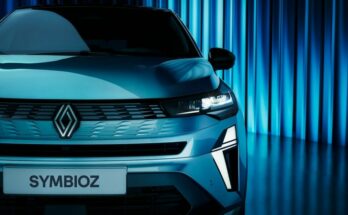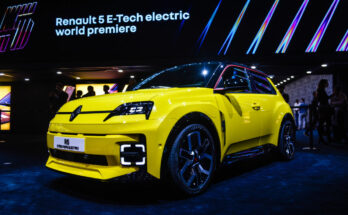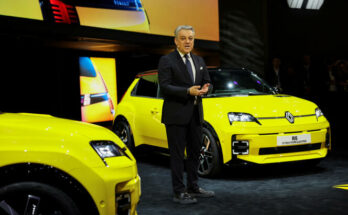Romanian automaker Dacia has unveiled the all-new third-generation Duster SUV which is available for the first time with mild-hybrid and full-hybrid powertrains, alongside a bi-fuel option.
Bear in mind after Renault’s acquisition of Dacia in 1999, Dacia became the third brand of the Renault group, and most of its models such as the Sandero, Logan, and Duster were started to be sold under a Renault badge in various markets including India.

The 2024 Dacia Duster is the hallmark model for the Romanian carmaker, and the new third-generation model seeks to improve upon the features that first brought it to prominence. The sub-compact SUV now has a more robust appearance than its predecessor, employs more durable and sustainable materials, has a more spacious cabin, and is now available with electrified powertrains, making up for the departure of the diesel. Dacia calls the Duster a “bargain,” claiming that despite these substantial improvements, it will be available for the lowest price in its class.
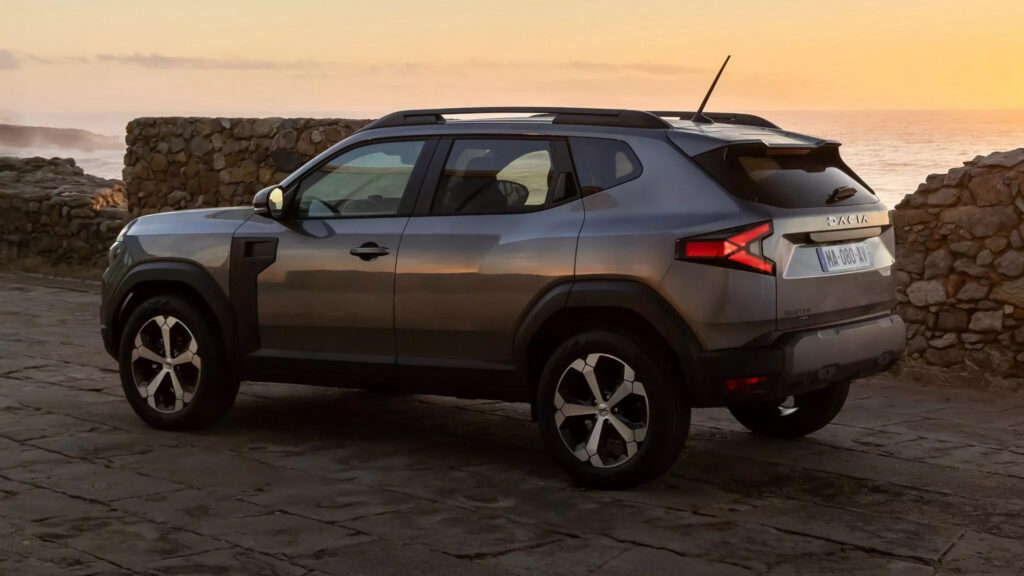
Riding on the CMF-B architecture, the B-segment SUV measures 4,340 mm long, 1.810 mm wide, and 1.660 mm tall, and is considerably bigger than the previous generation model it replaces. Overall it boasts the automaker’s latest design language while featuring a sculpted bodywork with a generous amount of plastic cladding made of a new material called Starkle (20% reused polypropylene). The pronounced fenders, boxy wheel arches, and oversized skid plates complete the off-roader stance. Furthermore, the slimmer and modernized lighting units incorporate Y-shaped LEDs which is one of Dacia’s signature traits.
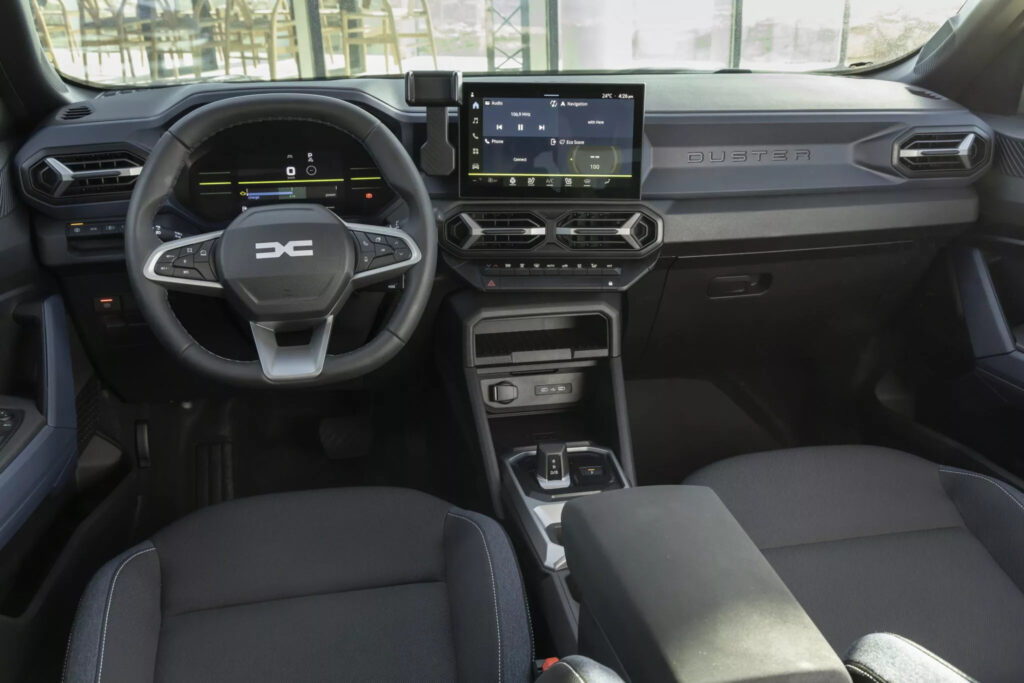
Inside, the revamped interior features a digital cockpit that includes a 7-inch digital instrument cluster and a 10.1-inch infotainment display. These features come standard in all trims except for the entry-level ‘Essential.’ Another noteworthy addition is the Dacia YouClip accessory system, which includes up to five grips located throughout the car. These grips can hold smartphones, tablets, storage pouches, cupholders, and more.
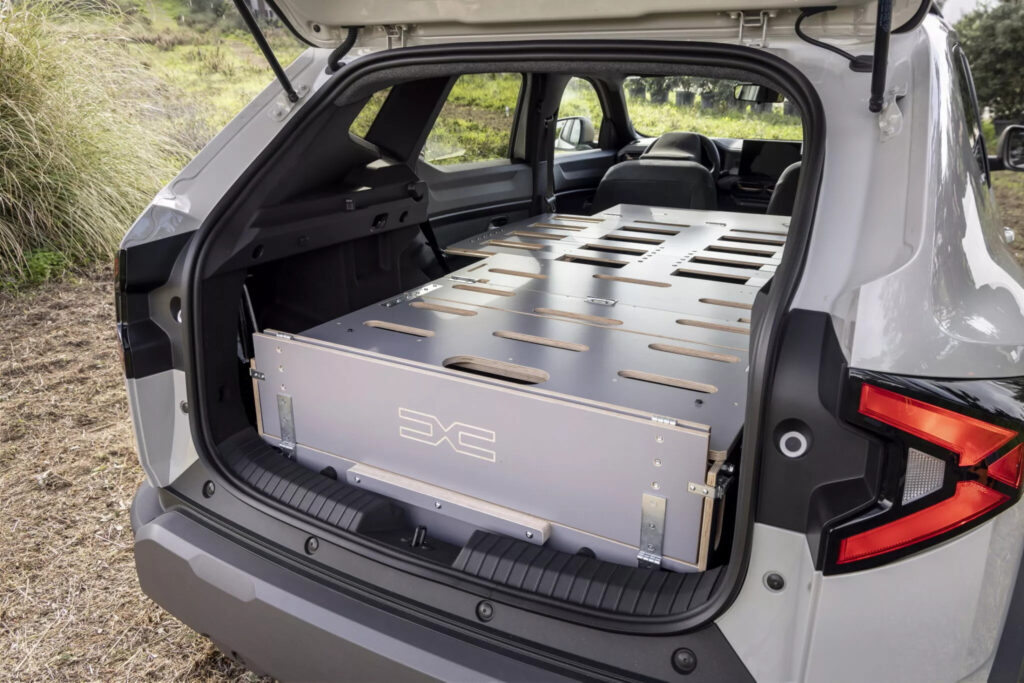
Dacia claims the new Duster is more practical and offers 30 mm of extra rear legroom, and increased front interior width. The boot has a wider opening and a lower floor, with its 472 liters capacity representing a 6% increase compared to the previous Duster. The all-new model is also accentuated by the wide range of accessories as part of Dacia’s InNature collection. The highlight is the camping-friendly Sleep Pack which adds a fold-out double bed, tray table, and storage space inside a removable 3-1 box.
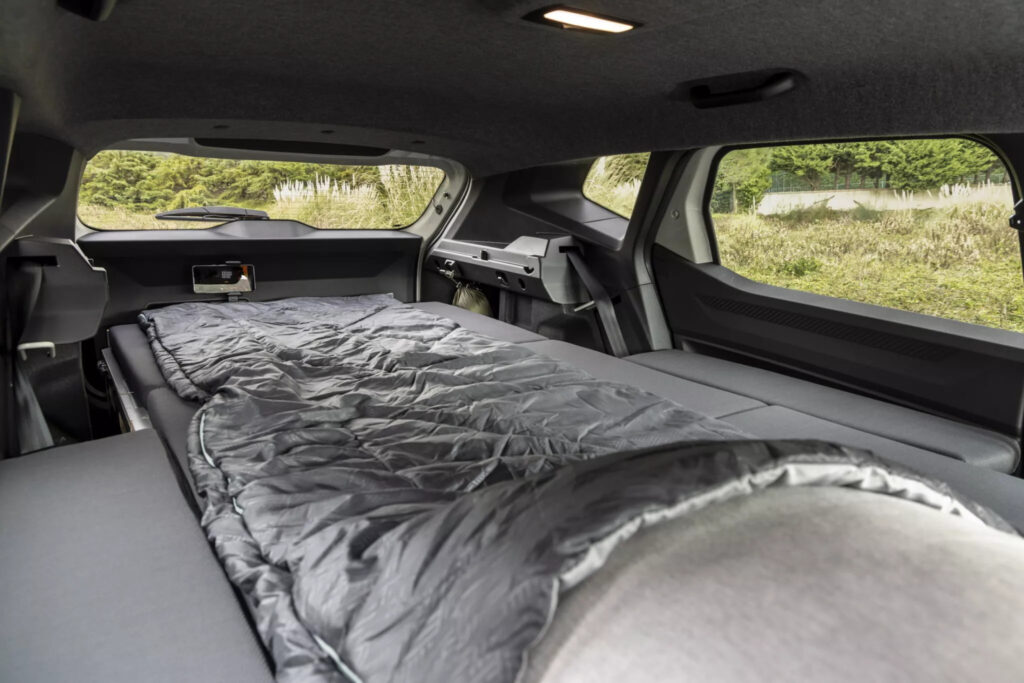
About the engines, the entry-level Duster is offered with the turbocharged 1.0L TCe 100 Bi-Fuel unit that can run on both gasoline and LPG. This setup allows the SUV to travel up to 1,300 km between refueling stops, given that the 50-liter gasoline and LPG tanks are full. Dacia says, the LPG tank is located under the boot floor so it doesn’t compromise the cargo capacity.
Related: Dacia Celebrates 10 Million Vehicle Production Milestone
Then comes the Duster TCe 130 with a turbocharged 1.2L three-cylinder gasoline engine featuring a 48 V mild-hybrid motor and a smaller 0.9 kWh battery. The mild-hybrid Duster makes 128 hp (96 kW) and is said to offer 10% lower emissions and fuel consumption compared to a non-electrified engine of the same output. The Renault-sourced engine is exclusively mated to a 6-speed manual gearbox sending power to either the front or to all four wheels.
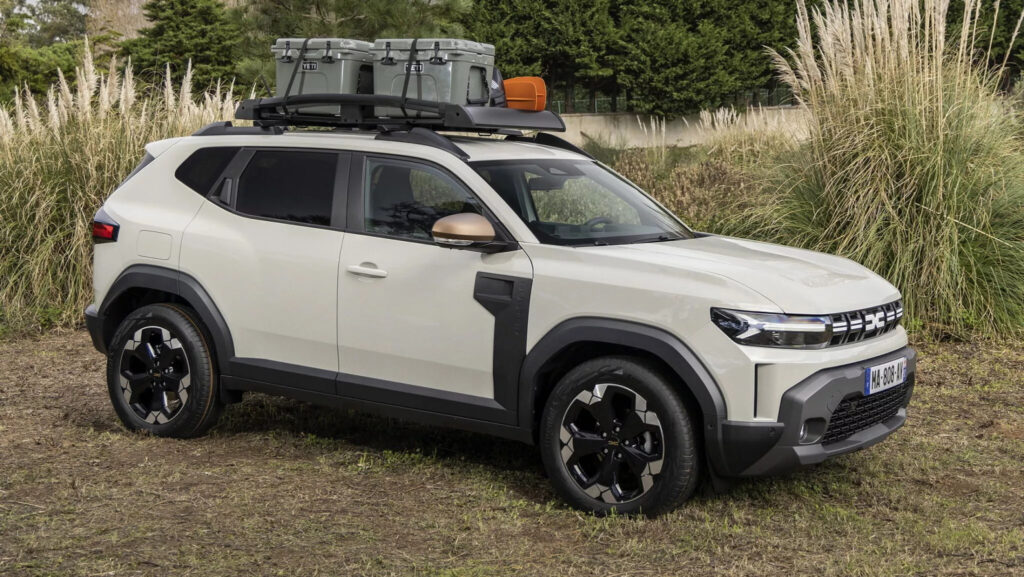
The most powerful version is the Hybrid 140, with a self-charging hybrid system producing a combined 138 hp (103 kW). The electrified powertrain comprises a naturally aspirated 1.6L four-cylinder engine, dual electric motors, a multi-mode gearbox, and a 1.2 kWh battery.
Related: Renault to Revive Twingo As An Affordable EV Hatchback
The optional 4×4 version has 5 selectable driving modes (Auto, Snow, Mud / Sand, Off-Road, and Eco) and a class-leading ground clearance of 217 mm placing the Duster among the most off-road capable models in the B-SUV segment.
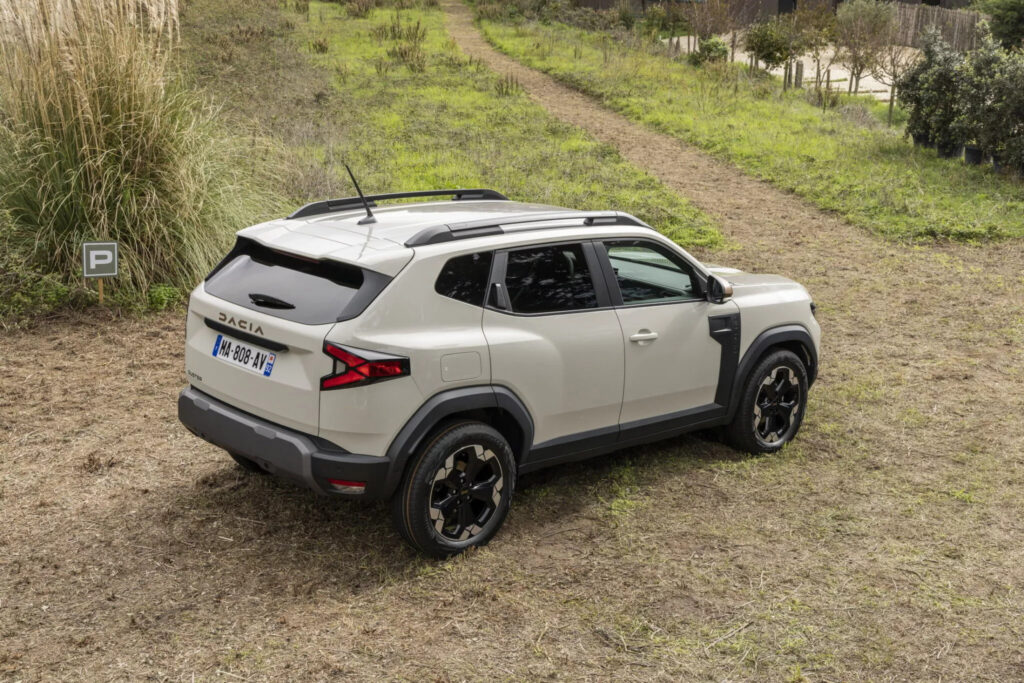
In terms of equipment, the entry-level ‘Essential’ variant gets fixed roof bars, 6 airbags, and rear parking sensors as standard. Moving up, the ‘Expression’ variant includes a digital cockpit, 17-inch alloy wheels, a reversing camera, and more. The better-equipped ‘Journey’ variant rides on 18-inch wheels, and comes with fog lights, auto A/C, wireless smartphone charger, Media Nav Line infotainment, and a 6-speaker Arkamys 3D Sound System. Lastly, the flagship ‘Extreme’ features modular roof bars, washable TEP MicroCloud upholstery, rubber mats, the YouClip 3-in-1 system, electric mirrors, and Copper Brown accents.
The all-new Dacia Duster
Although Dacia has always placed a higher priority on cost-cutting than on advanced driver assistance systems (ADAS), the new Duster now needs to comply with regulatory requirements. Consequently, it provides a number of safety features, such as automatic emergency braking, automated headlights, emergency phoning, speeding alert, rear parking assistance, emergency stop signal, lane departure warning, lane keep assist, and recognition of traffic signs.
Pricing details are still pending, however, Denis Le Vot, CEO of Dacia, stated that the latest generation Dusters will be priced below €20,000 ($22,000) across Europe, keeping true to the company’s pledge that the Dusters will have “the most affordable prices in its segment.” The SUV will be produced in the Pitesti facility in Romania, just like its predecessor. According to the company, around 1,000 Dusters are produced each day, for a total of 2.2 million units produced since the first generation debuted in 2010.
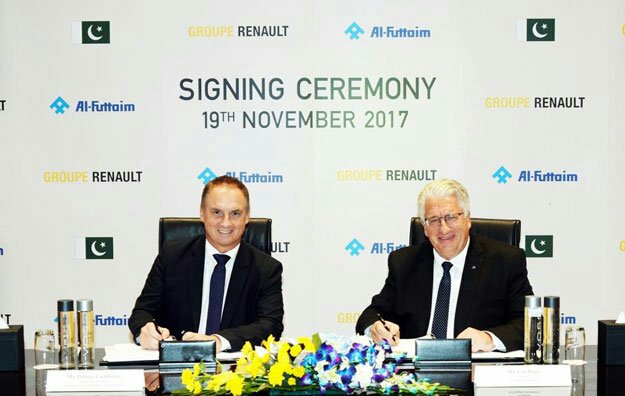
Duster was an anticipated model when in 2017, Renault announced that it was stepping into the Pakistani market and teamed up with Al-Futtaim Group of UAE after pledging an initial investment of $230 million courtesy of the Auto Policy 2016-21. The then Board of Investment led by Miftah Ismail indicated the launch of Renault Duster in Pakistan while also mentioning its estimated price tag of PKR 25.0 lac.
Related: Al-Futtaim Puts Renault Project on Hold
However later, citing volatile economic conditions, the company backed off its plans to enter our market even though it acquired 54 acres of land in Faisalabad for the construction of the Renault plant. Although the government tried negotiating with Renault and Al-Futtaim but wasn’t able to convince the groups to continue with their investment.

A computer animation professional with over 23 years of industry experience having served in leading organizations, TV channels & production facilities in Pakistan. An avid car enthusiast and petrolhead with an affection to deliver quality content to help shape opinions. Formerly written for PakWheels as well as major publications including Dawn. Founder of CarSpiritPK.com

